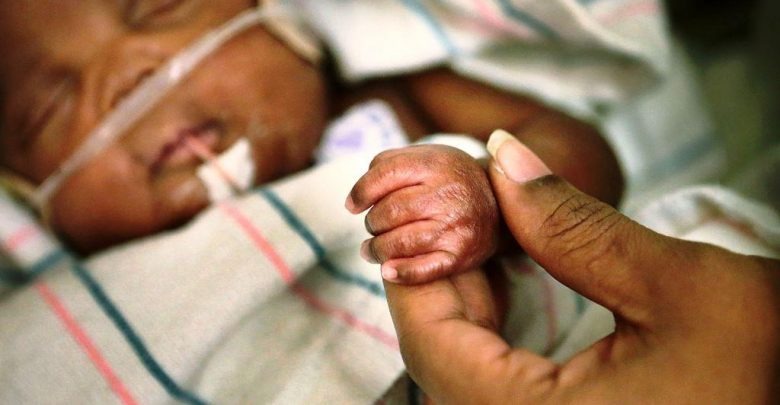Namibia’s infant mortality rate declined by just over 3% over the past two years, the Ministry of Health and Social Services has reported.
The infant mortality rate declined from 27.248 deaths per 1 000 live births in 2023 to 25.414 deaths per 1 000 live births in 2024, representing a 3.06% decrease.
This follows a 4.30% decline from 2022 to 2023, the health ministry’s executive director Ben Nangombe said in response to questions from Nampa.
He noted that the primary causes of infant mortality remain prematurity, birth asphyxia, congenital anomalies, infectious diseases and malnutrition.
Nangombe stated that the Oshana and Khomas regions continue to record particularly high infant mortality rates.
“The Oshana and Khomas regions have referral hospitals with access to specialists. As a result, babies are often referred to these regions for advanced care. However, some may, unfortunately, pass away at the referral hospitals. There are also contributing factors that need to be considered, such as socio-economic disparities, healthcare accessibility and educational attainment,” the executive director noted.
The ministry uses various methods to ensure access to maternal and child healthcare services, especially in rural and underserved areas.
“The Namibian government implements several strategies to ensure access to maternal and child healthcare services, particularly in rural and underserved areas, such as mobile health clinics, community health workers, strengthening primary healthcare facilities, referral systems, maternal and child health programmes and public health education,” Nangombe added.
-Nampa


